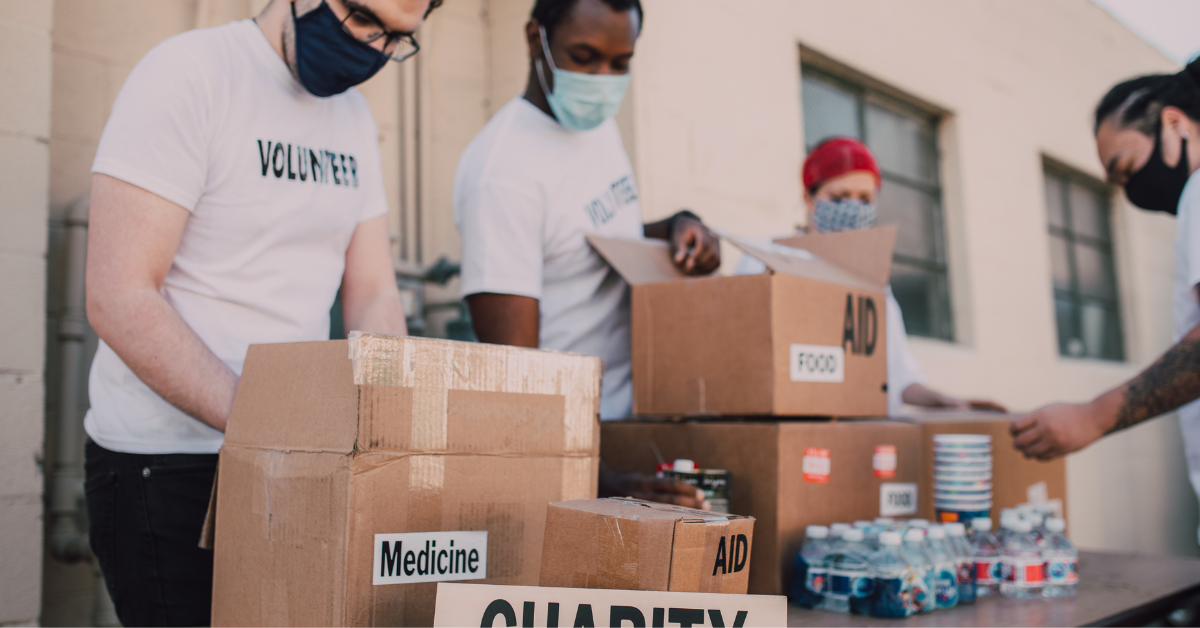
As Development and Fundraising Counsel, our clients are often focused only on fundraising goals. In our role we have a duty to remind them of their superpower that, when used strategically, can change hearts and change the world through increased contributions. That power: showing gratitude to donors. Arthur Alley offers the strategies below. Please share them with your clients and encourage their wide use.
While thoughtfulness is not a new concept, its effects on humans have only been recently researched. Studies have shown that both expressing and experiencing gratitude is associated with benefits to “personal well-being” (Emmons and McCullough, 2003; Froh et al., 2008), “increased resilience to trauma” (Kashdan et al., 2006) and “benefits to social relationships” (Algoe et al., 2008; Lambert et al., 2010).
As the mother of all virtues, gratitude is almost effortless, easily adaptable and doable no matter what is going on in your organization or the world at large. And in those inevitable times of crisis, using your superpower of gratitude is perhaps even more important to help bring people together.
7 Ways to Accomplish Your Goals Using the Superpower of Gratitude
1. Saying thank you is proven to build and strengthen relationships with current donors, leading to larger donations in the future. A mentor once told me to say thank you a minimum of seven times before asking for the next gift.
2. Make everyone in your organization a grateful fundraiser – from the receptionist and janitor to the CEO. Annually, auditors ask fundraisers for a list of the year’s top donors. Don’t keep the list a secret but share a list of names and the purpose of their gifts (not amounts) with the entire organizational staff. When Ms. Big Donor calls, the receptionist may thank her for giving to the children’s program. When you inform the staff that she is visiting the program, everyone who meets her can say what the new playground means to the children.
3. Schedule intimate visits and tours and be creative. One-on-one conversations with donors will help you get to the root of their reasons to give and a chance to show how you are responding to those reasons. In one visit, I met a donor to a program for the Deaf under the “singing tree” in a park. The large oak tree is filled with wind chimes, which make a beautiful, peaceful sound. I asked him to imagine being there and not being able to hear. His gift is helping someone hear the beauty.
4. Spend less and get more money for the mission. Multiple studies by the Giving Institute and the Association of Professional Fundraisers show that donor retention (keeping your current donors) costs much less than marketing to new donors, and it raises more money. The cost is mostly in time spent following the Stewardship Plan, so using volunteers and staff outside of development is essential. Volunteer board members have a primary role to be engaged in fundraising but most of them would rather cut off their little finger than ask for money. Saying thank you for giving is so much less threatening to volunteers, especially board members, than asking for gifts. In the above examples of showing gratitude, only 1-2 fall to the responsibility of the lead fundraiser. Delegation engages staff and board, and it helps others take some of the ownership of dollars raised.
5. Build lasting relationships. Including donors in organizational activities to say thank you increases their likelihood for achieving lifetime value. Reaching the level of lifetime value means the donors will stick with you through a planned gift and bring their children and grandchildren along to also support your cause. I am currently working with a board that is chaired by the third generation of a donor family.
While it’s easy to put most of your focus on your major donors, do not forget your regular monthly donors. These donors love the organization and its mission. Their giving, which may be $25 a month, is sacrificial. These donors are more likely to make a significant planned gift. Showing them your gratitude and appreciation encourages their decision to make an impactful gift beyond their lifetime.
6. Make your “gift of gratitude” memorable. Depending on the level of the gift, you may offer naming recognition at your facility, but remember the handprint drawing? It is probably hanging on the wall of the donor’s office, and she tells everyone who enters about how and when she got it. She will not forget the joy of receiving it.
Be creative in tying your mission to the gratitude. For example, a chef at a local program to teach impoverished children culinary skills may deliver tray of hors d’oeuvres with a thank you note to the donor’s office. I once called a foundation office to check on the status of a grant. The foundation was a longtime supporter, and I knew the receptionist well, but that day she was exasperated. The foundation was in the process of moving its office. I showed up an hour later with a basket of muffins and asked if I could help. She was flowing with tears of gratitude and so was I.
7. Increase awareness. By saying thank you to donors in multiple ways, you build trust that gets noticed and shared. Your attention to others through gratitude strengthens the organization’s reputation in the community because donors share their pleasure with your organization. Awareness of your gratitude also inspires others to join your movement. Voila! New donors.
Remember, the process of saying thank you is key to the next gift. If you’d like to explore the topic of gratitude further, including some specific ideas you can easily implement, please download our latest resource at https://www.arthuralley.com/gratitude-is-power.


